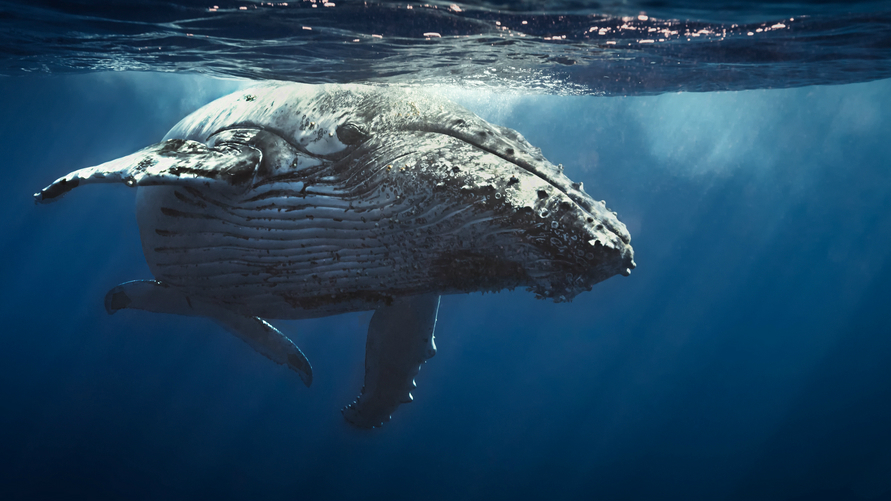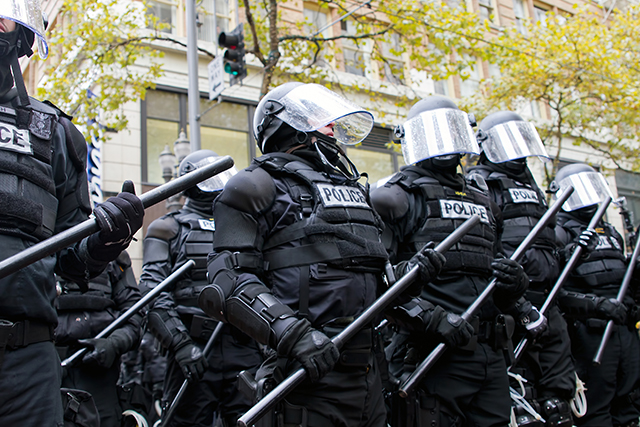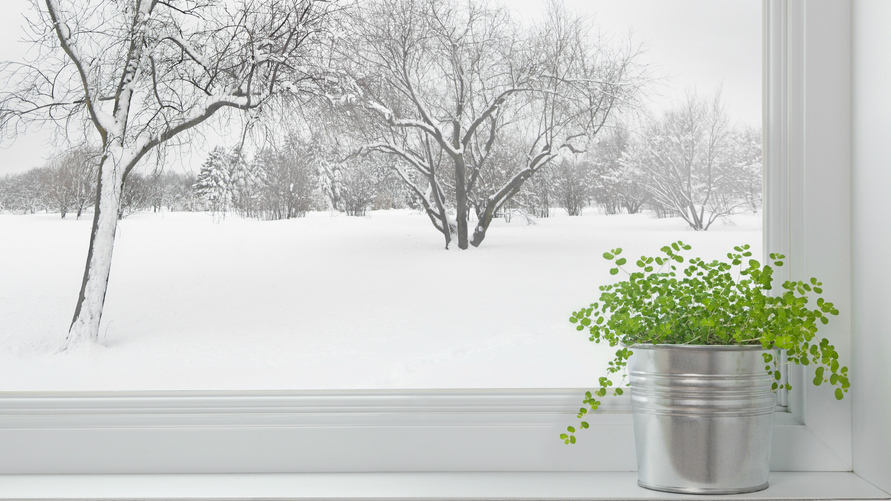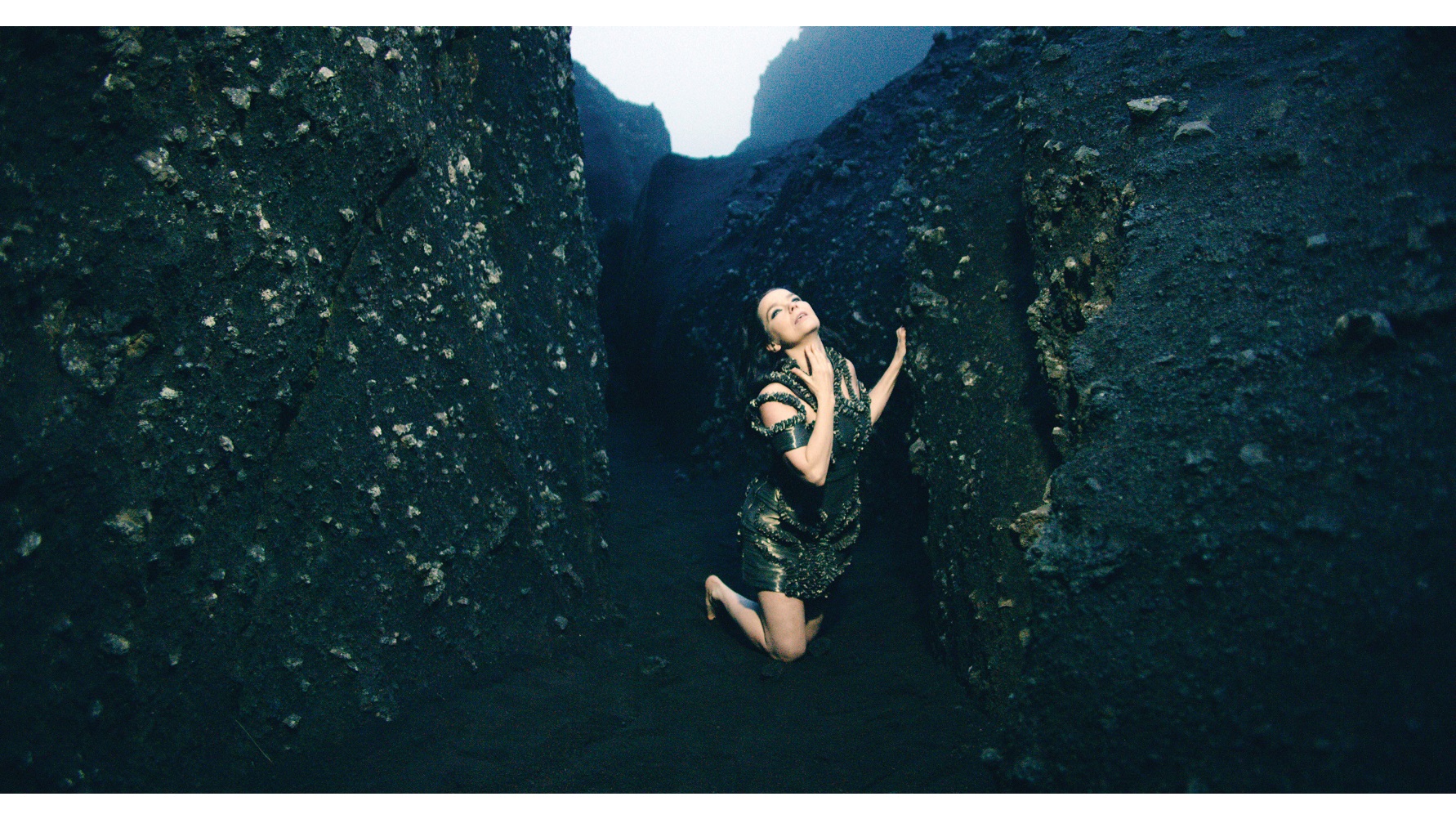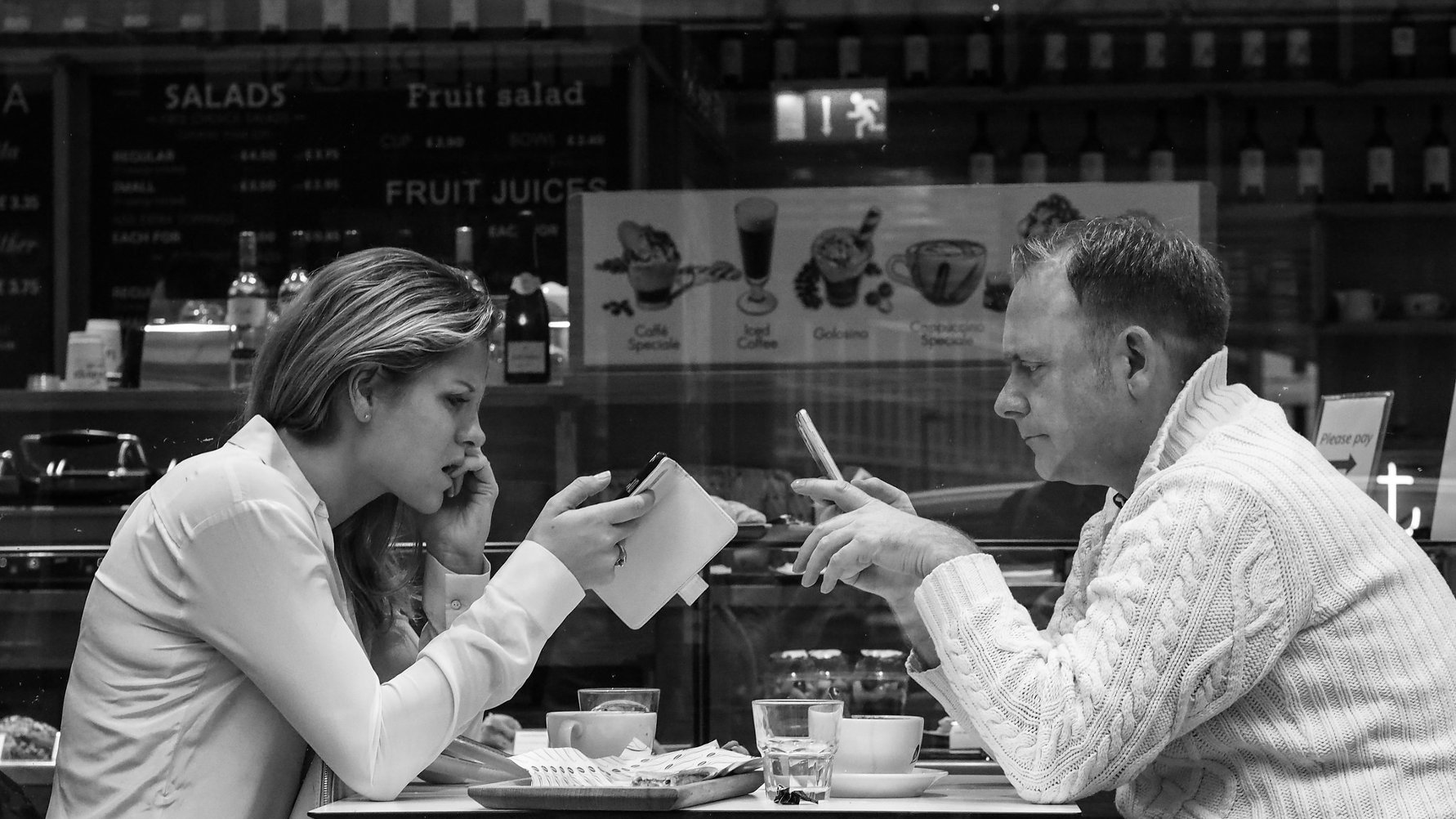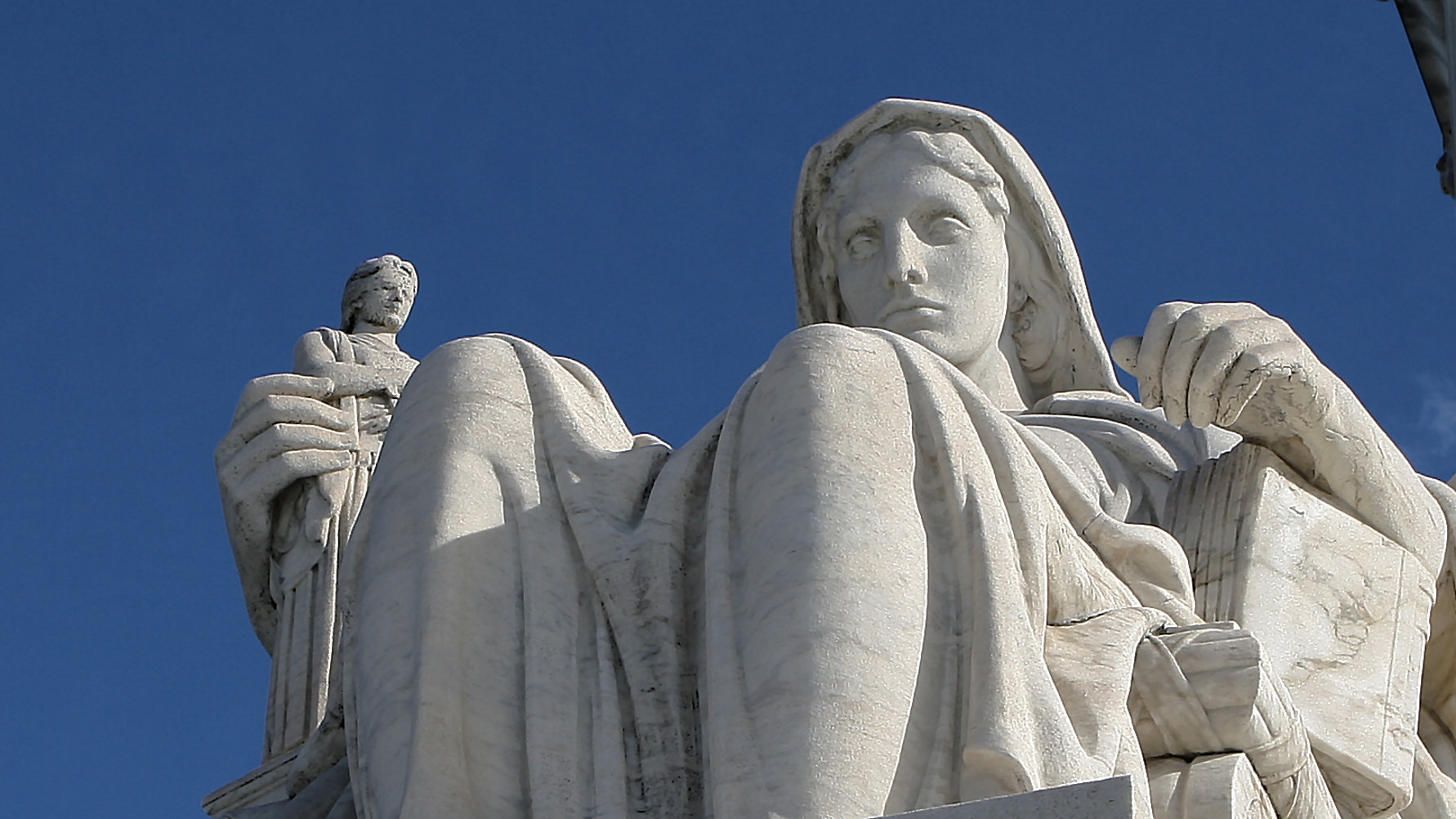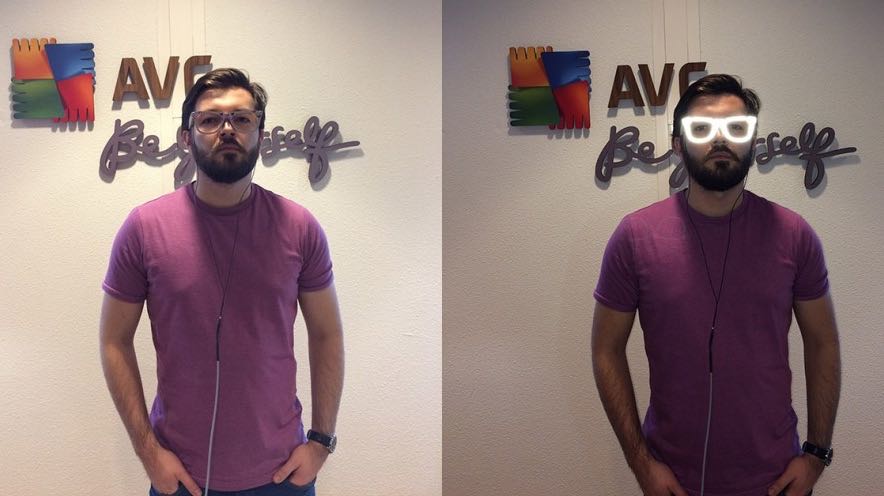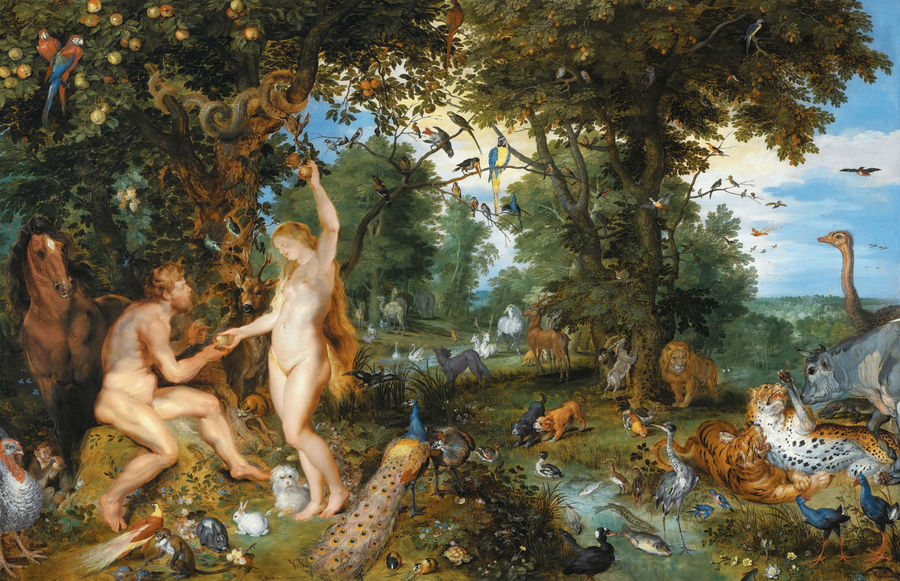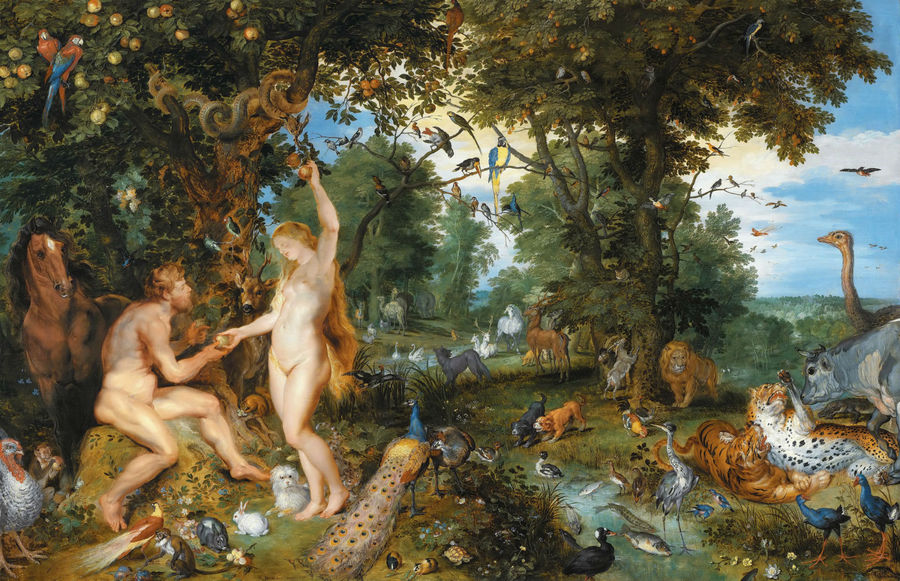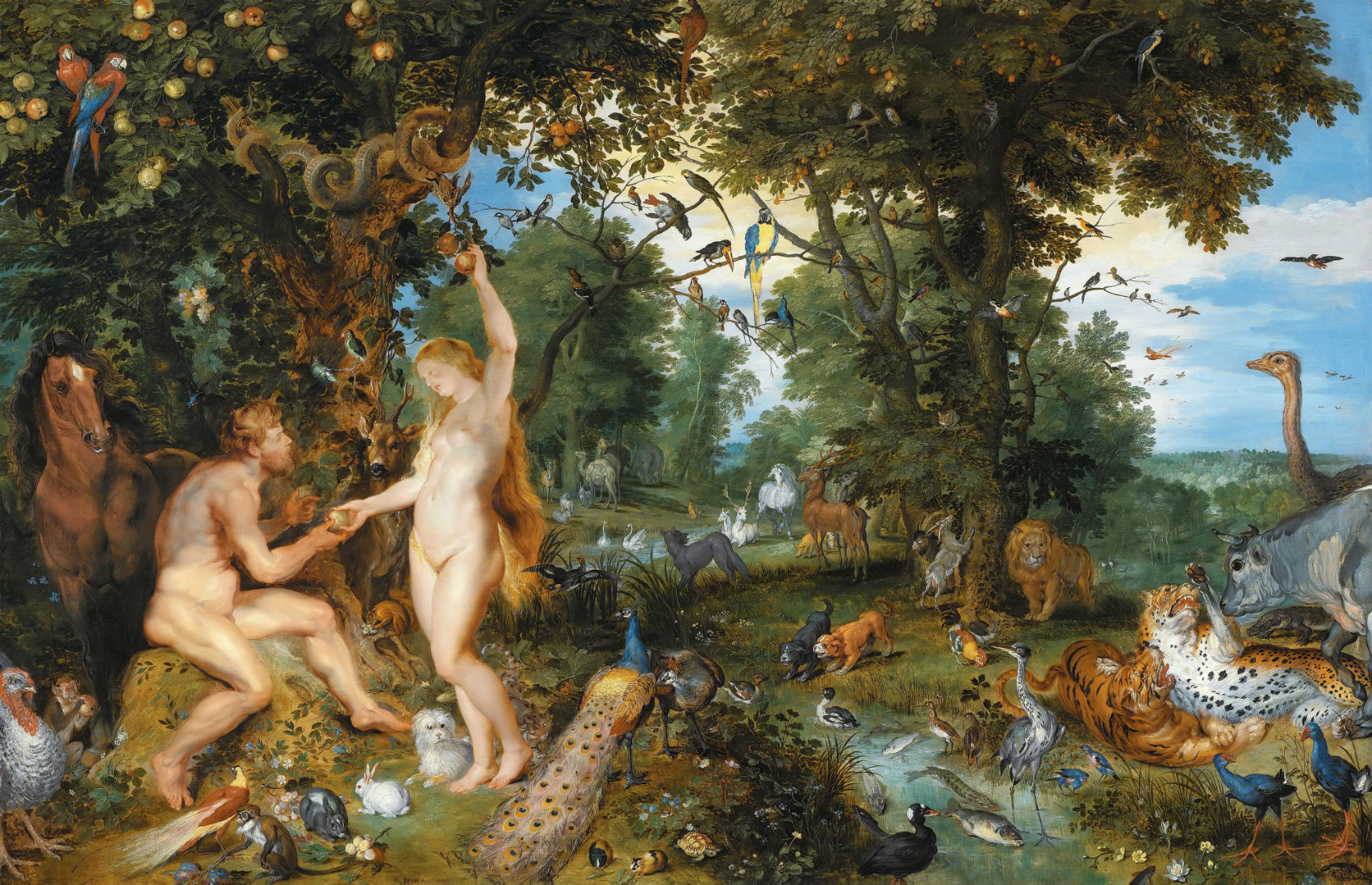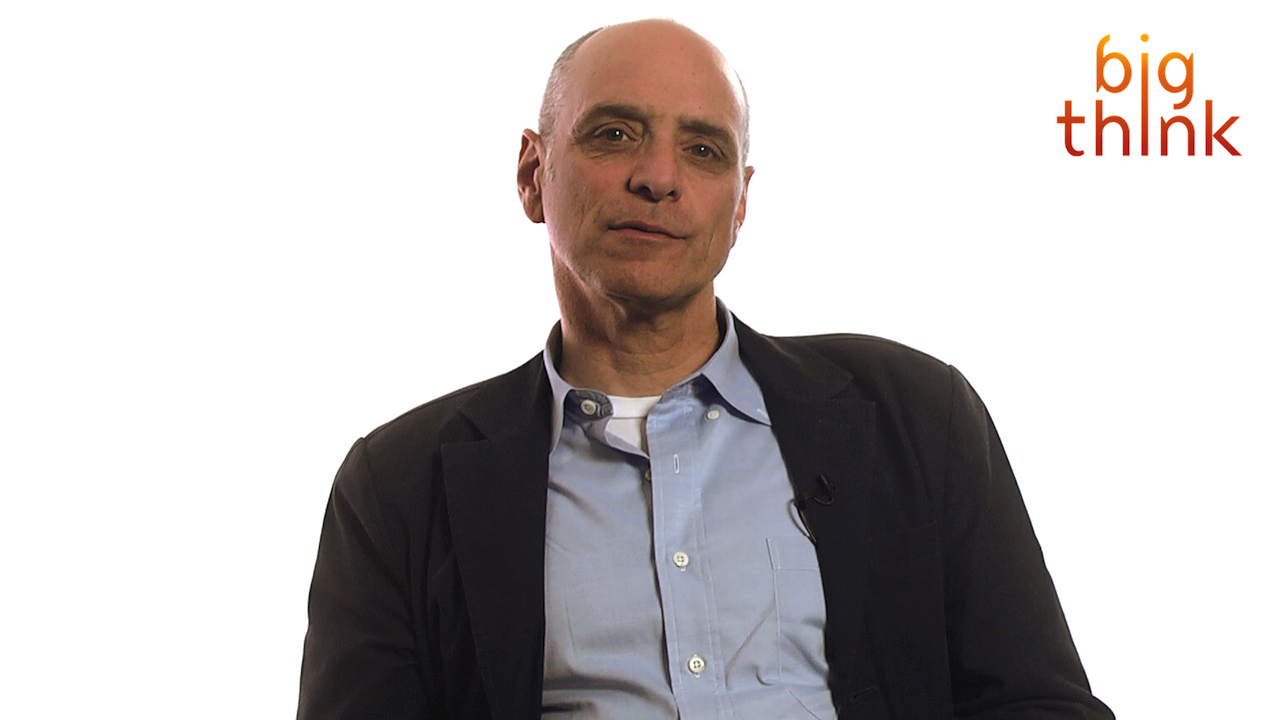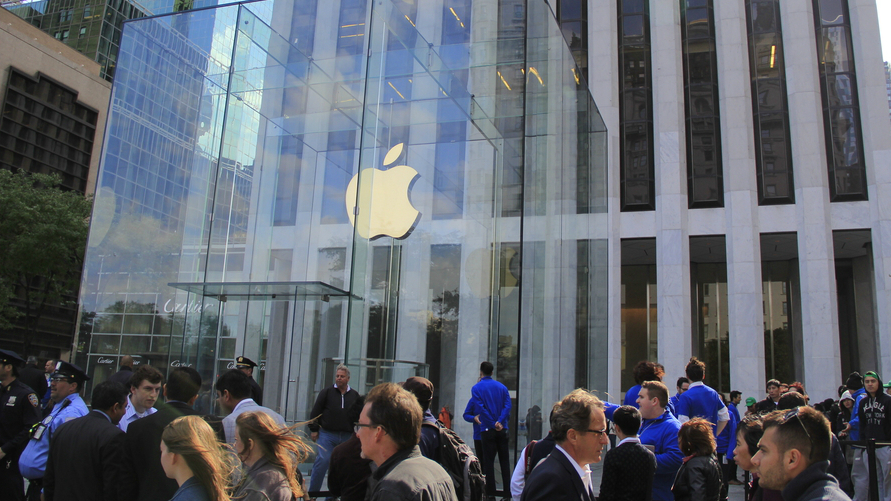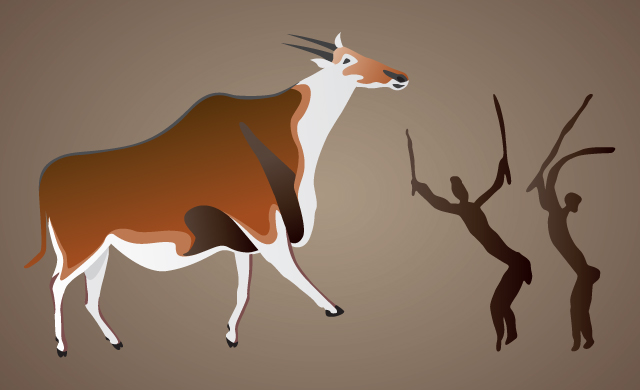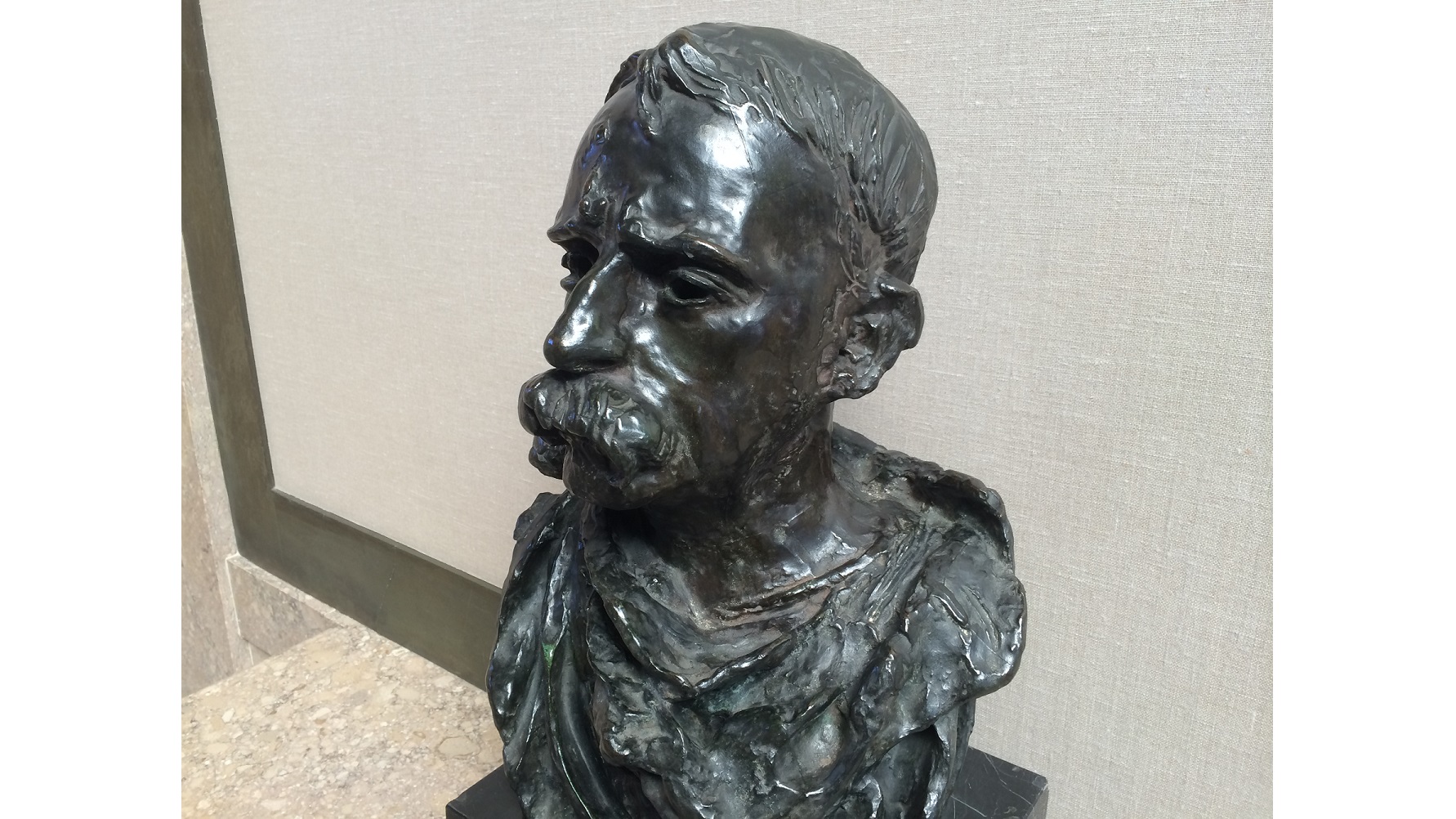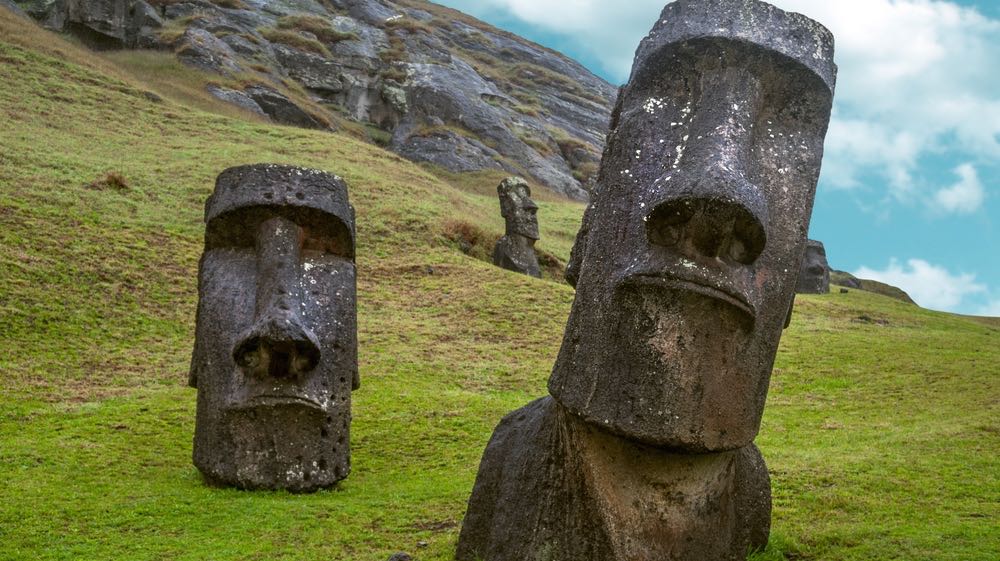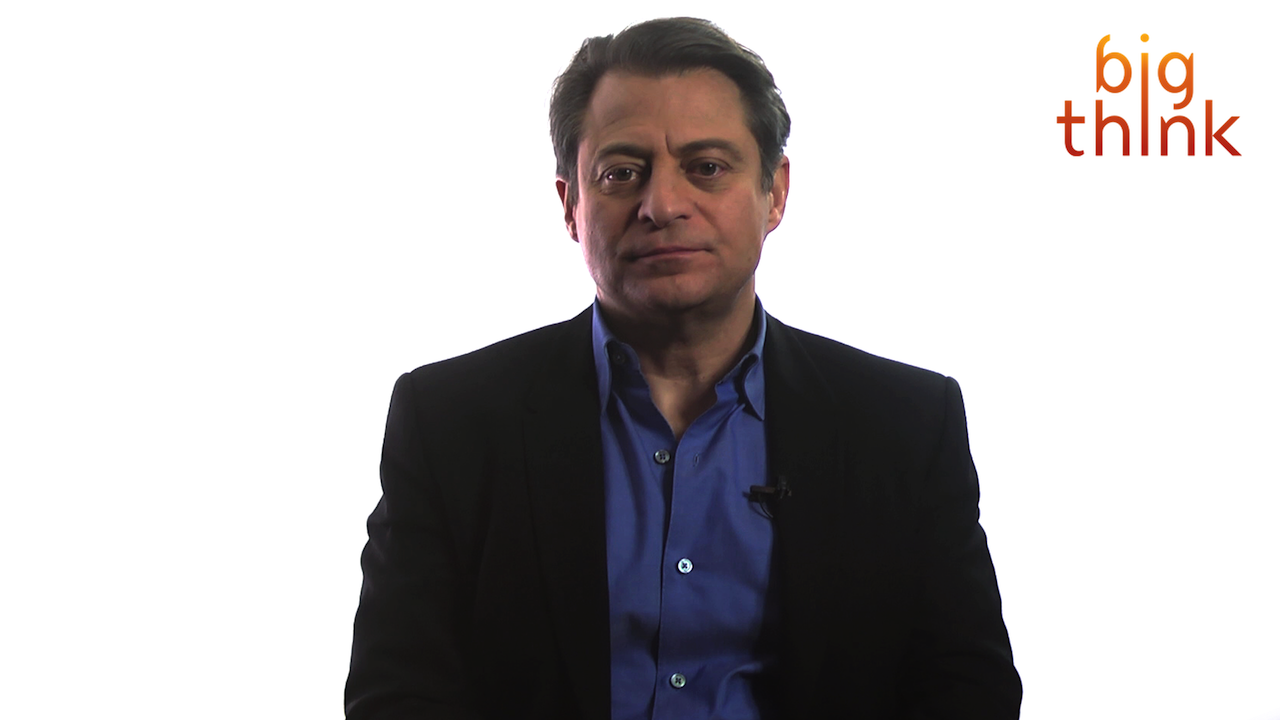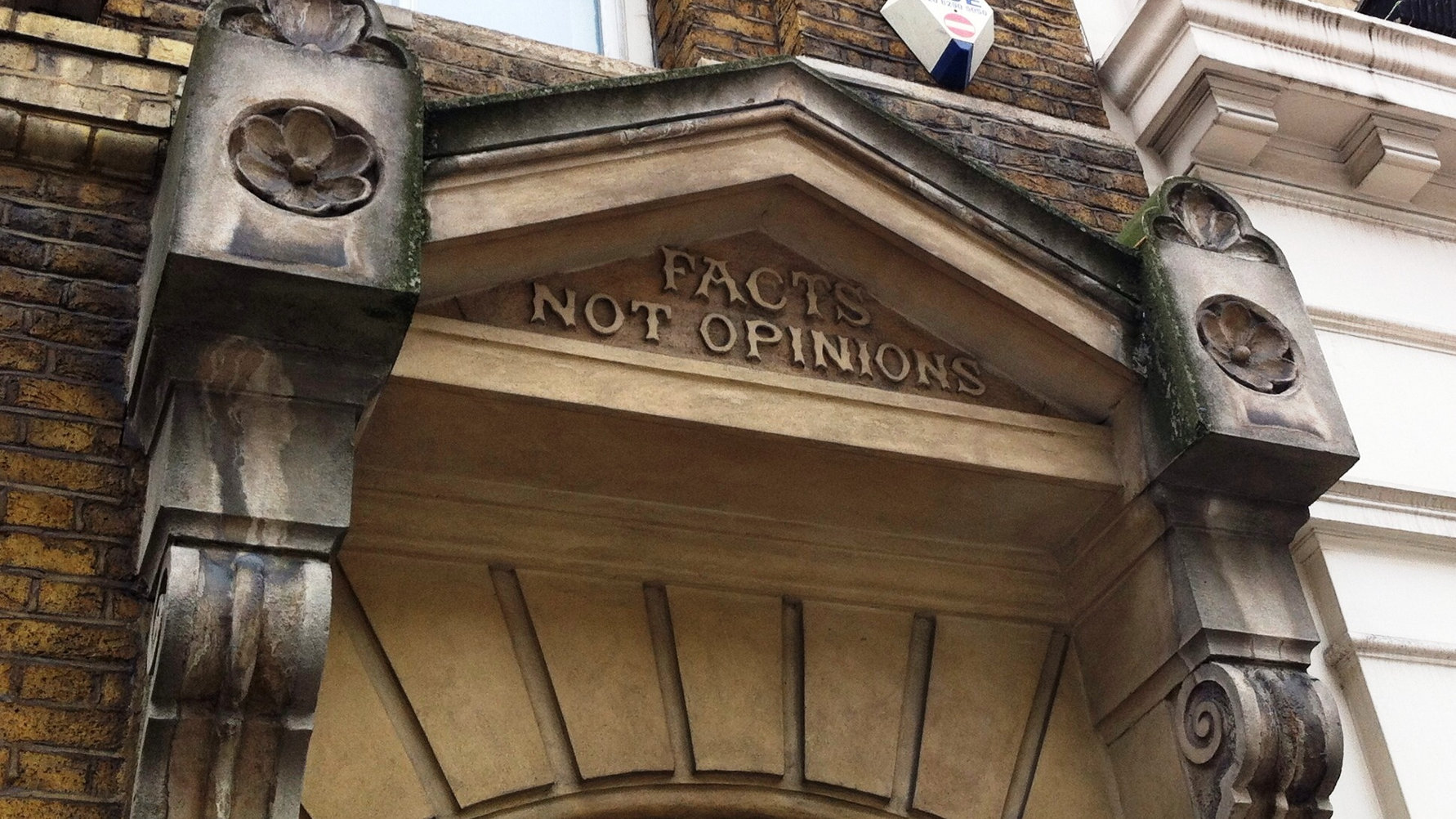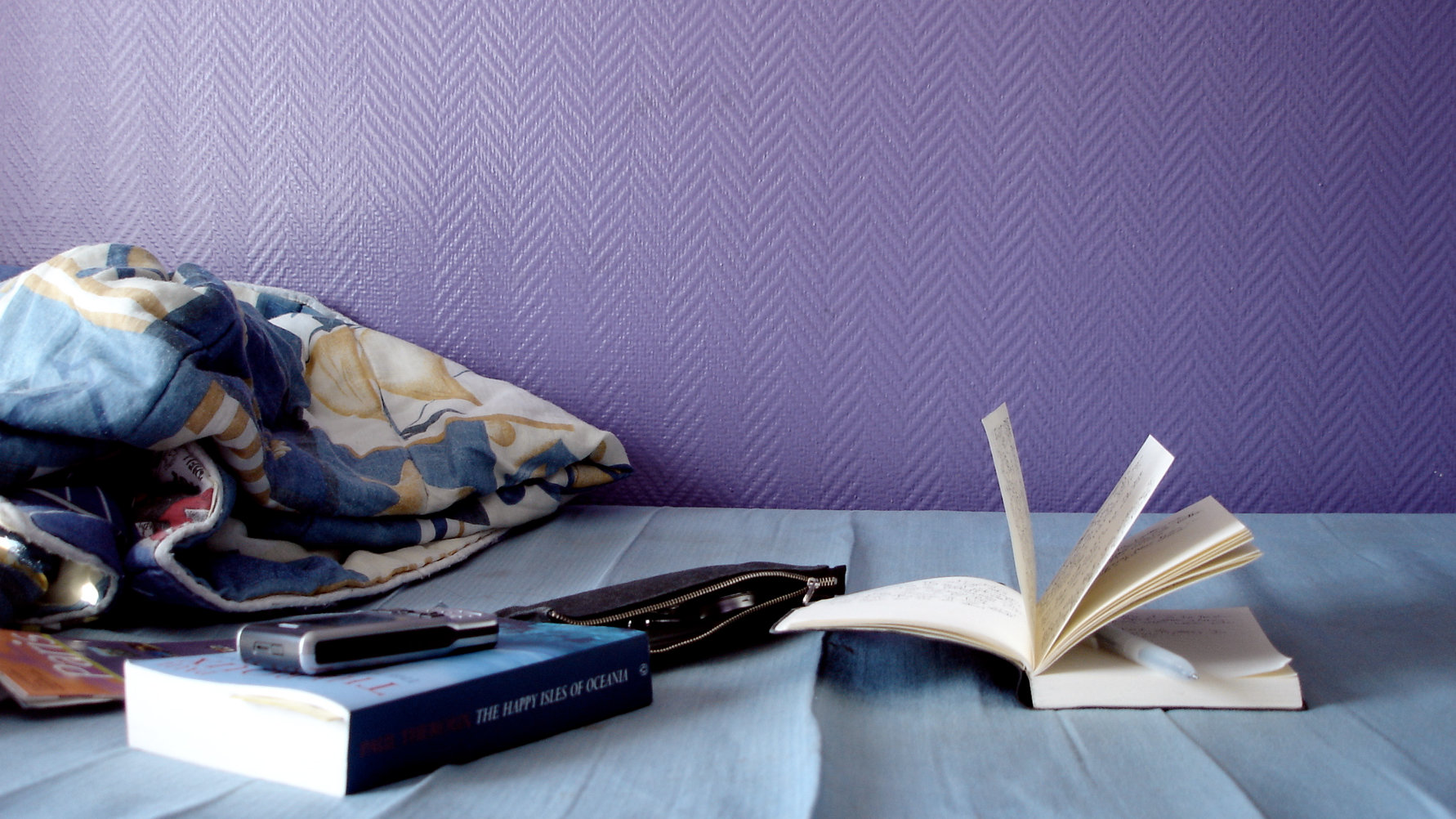Culture & Religion
All Stories
Industrial innovations in the late 19th and early 20th centuries enabled “the largest hunt in human history” out of which several whale populations were almost eradicated.
Everyone you pass on the street, each person you drive by every day, has a story as well. To claim their death is not worth noticing is to say that their life was not worth living. And that’s too bad, because interdependence is something we all rely on every single day, knowingly or not.
Whether you’re conducting an interview, giving performance evaluation, or leading a meeting, a certain degree of craftsmanship goes into every query.
The online tool Start A Garden offers amateur green thumbs useful tips for growing veggies no matter where they live.
It’s hard to remember a major show at a major American museum generating so much angst as Björk at The Museum of Modern Art, New York. Some arts sites quickly began aggregating art critics’ aggravation over almost every detail of the show. What began as art criticism evolved into a media lynching of the MoMA, American museums, and pandering-to-the-public curators (in this case, Klaus Biesenbach). New York art world critics, and husband-and-wife team, Jerry Saltz and Roberta Smith hated the show in different ways, but both connected to their love of Björk and her music. ArtNews’ M.H. Miller wins the poison pen prize, however, for coining the new critical term “starf@#king” to describe the MoMA’s treatment of Björk as much as its treatment of the viewing public. The question of whether Björk is good or not might really be a question of what Björk is really about.
How is it that being hungry controls so much of our behavior not immediately related to the gathering and consumption of food?
Olga Khazan argues that always gunning for the best option may leave us with a feeling of regret — there’s always something better on the horizon. So, instead, be able to be happy with something that’s “good enough.”
Reports on the Apple Watch have said it will change everything — for better or for worse, depending on whom you ask. Mark Sullivan, however, is one of the hopefuls.
The Wikimedia Foundation is taking the National Security Agency and the U.S. Department of Justice to court, challenging their large-scale surveillance program.
Antivirus software maker AVG has created a new pair of eyeglass frames designed to thwart facial-recognition technology.
The massive damage humans have done to the natural world has provoked a backlash that could be just as dangerous, or more. There is a growing global rejection of technology and almost anything human-made in favor of whatever is more ‘natural’. But a simplistic rejection of modern technologies eliminates many of our best options for solving the problems we’ve created.
The massive damage humans have done to the natural world has provoked a backlash that could be just as dangerous, or more. There is a growing global rejection of technology and almost anything human-made in favor of whatever is more “natural.” But a simplistic rejection of modern technologies eliminates many of our best options for solving the problems we’ve created.
The massive damage humans have done to the natural world has provoked a backlash that could be just as dangerous, or more. There is a growing global rejection of technology and almost anything human-made in favor of whatever is more ‘natural.’ But a simplistic rejection of modern technologies eliminates many of our best options for solving the problems we’ve created.
Governments and world citizens must commit themselves to common goals in order to reduce the risk of a global nuclear catastrophe.
Tiny houses have become quite trendy across the web. Design specs and photos have been shared across a number of blogs and social networks, but are these micro-houses becoming the new American Dream?
IBM’s Serious Game program wants to give enterprises a way to digest data by playing them out in real-world simulations, or video games.
Those who have spent extended amounts of time testing Apple’s new Watch find that it shifts the way they use their iPhones.
Jane Hsu, principal of P.S. 116 in New York City, cites research that suggests students up until fifth grade would benefit more from playing and spending time with family.
The 114-year-old liberal arts women’s college in Virginia announced this week that it will close this summer despite having $86 million in its endowment.
Our tolerance for slowpokes has declined over the past few decades.
“Much of what we now call ‘religion’ was originally rooted in an acknowledgement of the tragic fact that life depended on the destruction of other creatures,” writes Karen Armstrong.
While looking at Jean-Antoine Houdon’s portrait bust of Voltaire in the Louvre, sculptor Auguste Rodin remarked, “To tell the truth, there is no artistic work that requires as much penetrating insight as the bust and the portrait. … Such a work is the equivalent of a biography.” On a separate occasion, Rodin stated, “The resemblance that [the artist] should achieve is that of the soul. Only this matters.” A new, full-scale reinstallation at the Rodin Museum in Philadelphia, Pennsylvania, focuses on Rodin putting those words into practice in his own portrait busts. Known for his large-scale, full-bodied works such as The Kiss, Rodin imbued an equal amount of passion into his symbolic, soulful portraits of friends, lovers, and the famous.
Criticisms from animal rights activists and concerns for the elephants’ welfare have prompted the “Greatest Show on Earth” to retire its pachyderm performers in three years’ time.
New anthropological research demonstrates that belief in an all-powerful God is not essential to the formation and development of complex society.
Author and entrepreneur Peter Diamandis explains how Uber’s business plan seeks to change the way the public perceives car ownership.
Google wants to stop the spread of misinformation by changing the way it ranks pages — concentrating more on facts rather than links.
Leading a team of experts to reach creative heights may be the mark of today’s genius.
PwC’s global talent manager recently visited Big Think to discuss his company’s Aspire to Lead initiative as well as to encourage men to pledge their support for gender equality.
Co-living spaces offer a cheap, all-in-one package: a place where freelancers can live and work with other self-employed individuals. But is this system crossing the boundaries of work and life?
Children live and perceive the world very much in the moment. This is the sort of mindset desired by those who practice mindfulness.
